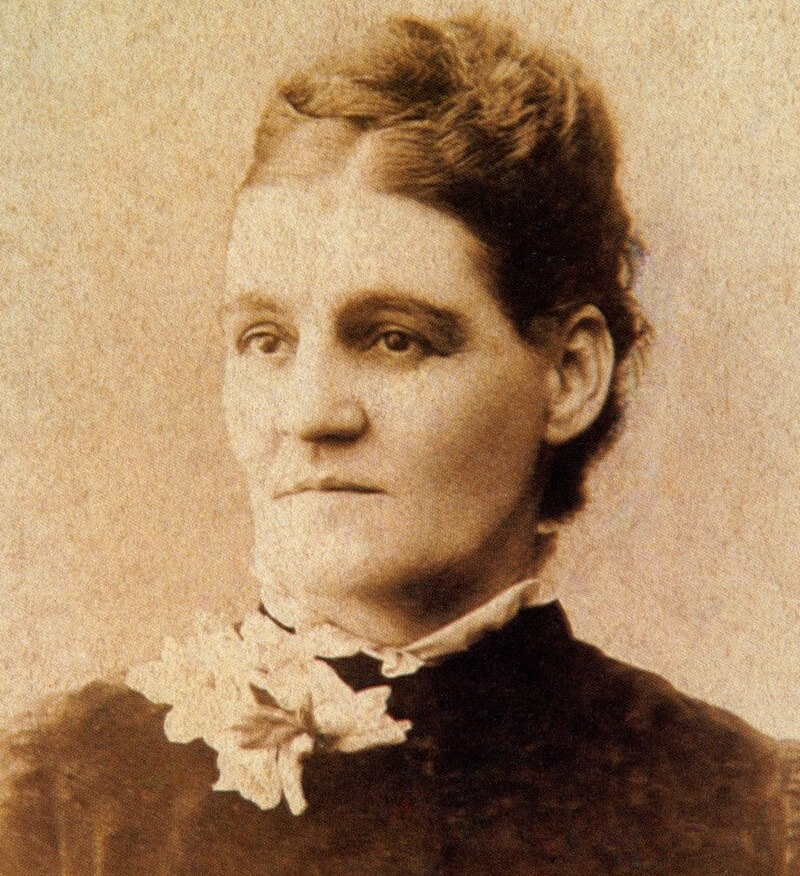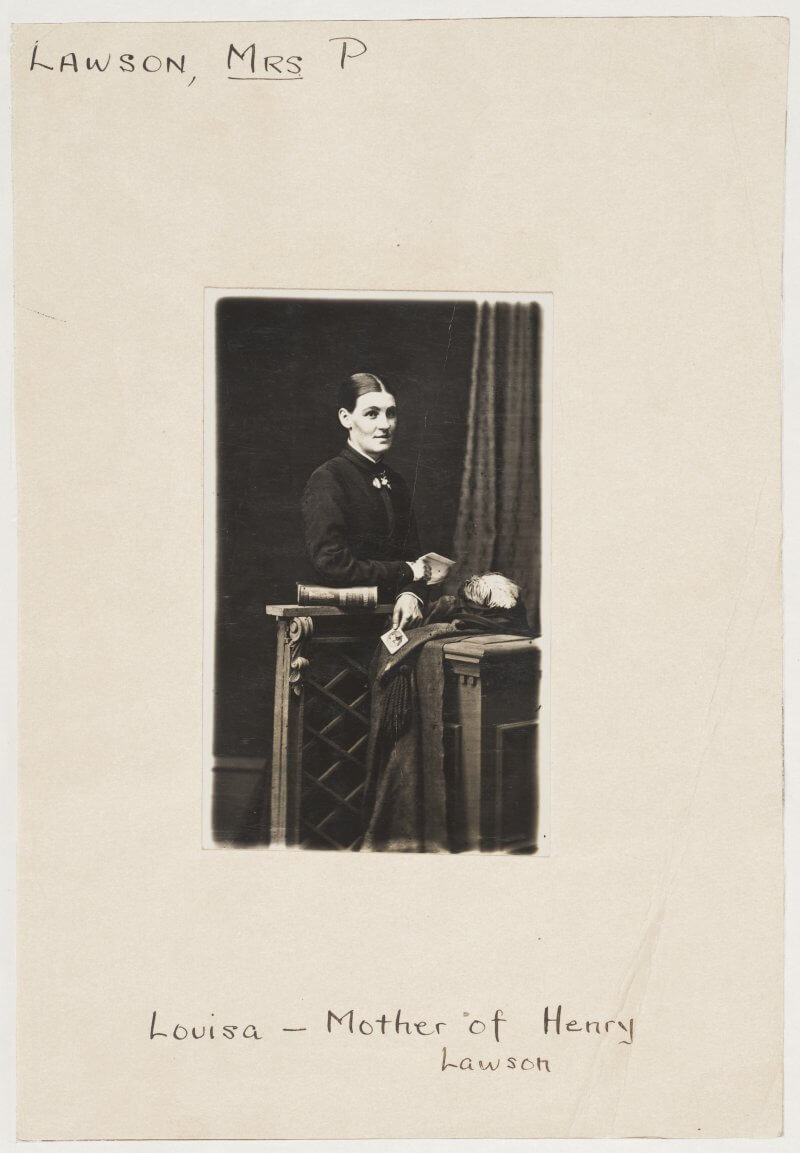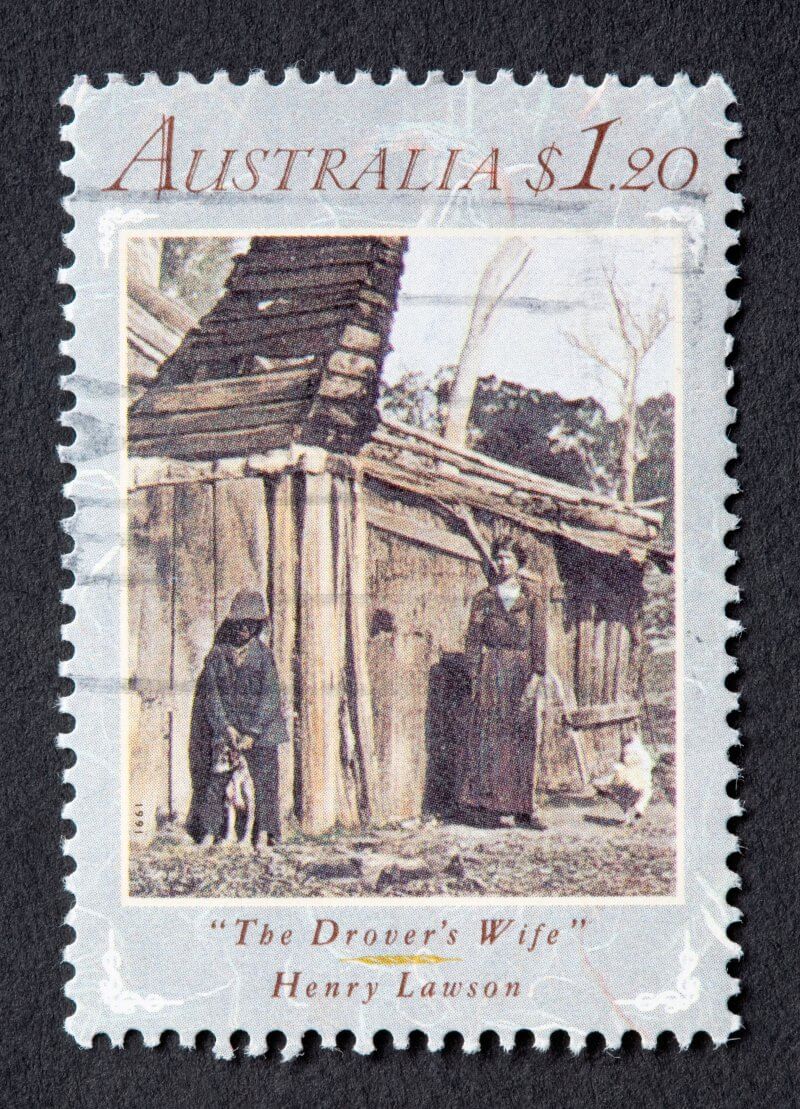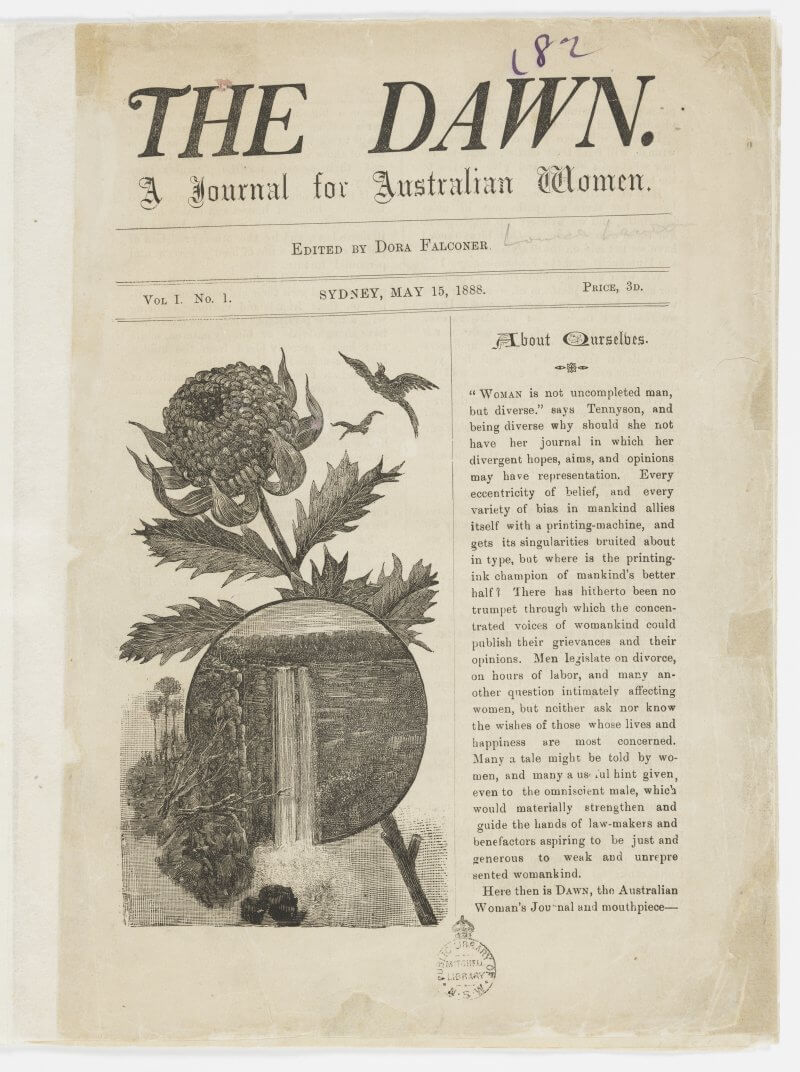Location
The Old Eurunderee Post Office, 349 Henry Lawson Drive, Eurunderee NSW 2850
Eurunderee is on the lands of the Wiradjuri people.
Accessibility
Wheelchair accessible
About Louisa Lawson
Louisa Lawson was a significant figure within the feminist, suffrage and Labor union movements. As publisher and writer for Dawn – A Journal for Australian Women, she was dedicated to writing about women’s issues. Louisa is credited as the originator of the suffrage movement in the state, once described as ‘The Mother of Suffrage in New South Wales'.
She was an independent and resourceful intellectual who is today celebrated for campaigning for women’s right to vote. Louisa was a single mother to her son, Henry.

Portrait of Louisa Lawson, circa 1880
Childhood and married life
Louisa Lawson was born in 1848, on Guntawang Station near Mudgee, in regional New South Wales. One of 12 children, she was a talented student and during her time at Mudgee National School her teachers suggested she act as pupil–teacher. Instead of taking on this role, she left school to help care for her younger siblings.
At just 18, she married Peter Larsen (later anglicised to ‘Lawson’). Peter was a handyman and gold miner, fluent in several European languages. They went on to have 5 children, one of whom died in infancy, and moved often due to their gold-mining endeavours.
One of their sons, Henry, based his famous short story ‘The Drover’s Wife’ on Louisa and his own childhood experiences. The short story was later turned into a stage play and film by Australian actor Leah Purcell.
By the early 1880s, Louisa and Peter’s marriage was over, and she and the children moved to Sydney. Louisa worked hard to support her family, doing odd jobs such as washing, sewing and renting rooms to boarders.
The establishment of 'Dawn'
In 1887, Louisa bought the radical pro-federation newspaper The Republican. Louisa and her son, Henry, edited and wrote most of the paper, using the pseudonym ‘Archie Lawson’.
The following year, she established Dawn − A Journal for Australian Women, announcing that its purpose was to publicise women’s rights, fight their battles, and sue for their suffrage in New South Wales. Published monthly until 1905, Dawn not only covered political issues – it also contained content such as household advice, fashion, poetry, short stories, and women's activities locally and overseas. Louisa also used Dawn to urge parents to equip their daughters to earn a living rather than keeping them at home as unpaid domestic labour − she argued that women should be doctors, lawyers, magistrates, and factory inspectors.
'The Mother of Suffrage in New South Wales'
Louisa became more active outside of Dawn. In 1889, she launched a campaign for female suffrage, announcing the formation of the ‘Dawn Club’. The Dawn Club was a forum for women to gather and discuss questions of political reform and gain experience in public speaking.
During this time, she also expanded her printing plant and employed 10 people, including female printers. This caught the attention of the NSW Typographical Association, which refused membership to women. They tried to force Louisa to fire the women, harassed them at work and called on advertisers to boycott Dawn. This campaign had the opposite effect, with Louisa enduring the opposition and publicly declaring her support for trade unionism.
In 1891, she was invited to join the Womanhood Suffrage League of NSW and was elected to its council. She also became the first woman elected to the Sydney Mechanics' School of Arts' board of management.
In 1901, she joined the council of the Women's Progressive Association at its formation – a rival to the Womanhood Suffrage League, with a stronger commitment to the labour movement. When the NSW Woman's Franchise Bill was passed in 1902, she was introduced to the members of parliament as 'the Mother of Suffrage in New South Wales'.
Final years
Louisa continued to promote law reform and the extension of women's employment opportunities throughout her lifetime. Sadly, she lived the last 20 years in continually declining circumstances. After Louisa fell from a tram in 1900, her health began to fail, and she never fully recovered. In 1905, she closed Dawn and retired. She continued to write and sell poetry, but in 1918 she was admitted to an institution in Gladesville, where she died in 1920.
References
- Bowery K (10 June 2024) 'The threat posed by a woman inventor: law, labour and the subjugation of Louisa Lawson', History Australia, 21(3):376–397.
- Hughes L (August 2020) Louisa Lawson, our first public feminist, The Monthly website, accessed 18 June 2025.
- Magarey S (2010), Lawson, Louisa, The Dictionary of Sydney, State Library of New South Wales website, accessed 18 June 2025.
- Matthews B (1986) Lawson, Henry (1867–1922), Australian Dictionary of Biography, Australian National University website, accessed 13 June 2025.
- National Foundation for Australian Women (22 April 2005) Lawson, Louisa (1848–1920), The Australian Women's Register website, accessed 18 June 2025.
- Ollif L (1978) Louisa Lawson: Henry Lawson’s Crusading Mother, Rigby, Adelaide.
- Pearce S (1992) The Shameless Scribbler: Louisa Lawson, Sir Robert Menzies Centre for Australian Studies, London.
- Radi H (1986) Louisa Lawson (1848–1920), Australian Dictionary of Biography, Australian National University website, accessed 18 June 2025.
- Sydney Mechanics School of Arts (19 September 2024), Let's talk about Louisa – more than Henry's mother: event recording, Sydney Mechanics School of Arts website, accessed 18 June 2025.
- The Byron Bay Record (4 September 1920) A Poet's Mother, Trove website, accessed 13 June 2025.
- Australian Women's Archives Project 2014 (n.d.) Louisa Lawson (1848–1920), Encyclopedia of Women and Leadership in Twentieth-Century Australia website, accessed 18 June 2025.
- Tucker M (n.d.) Louisa Lawson, Michelle Scott Tucker website, accessed 18 June 2025.



